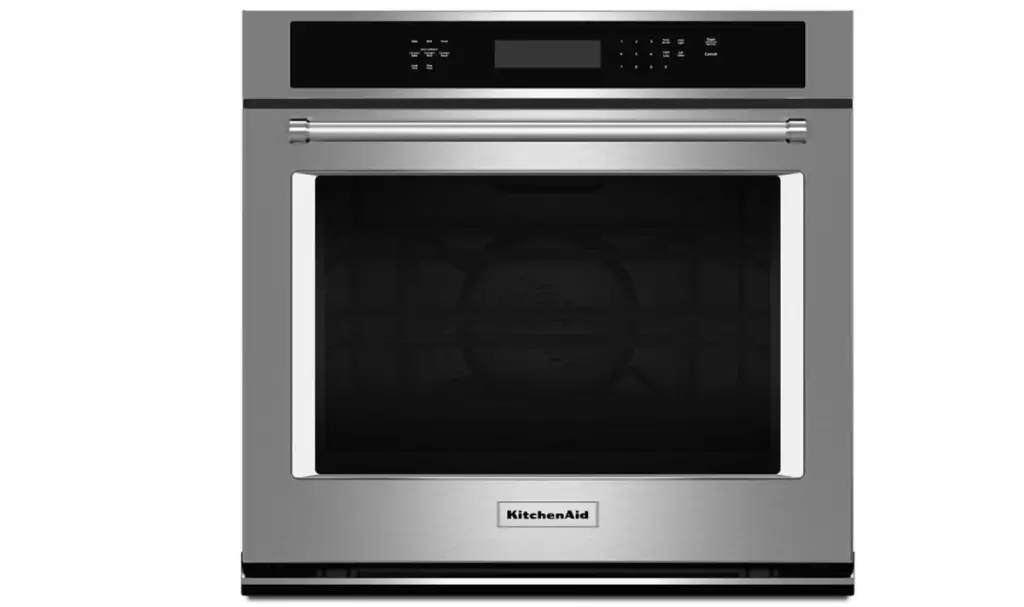If you’re wondering “OTG vs convection oven which is better?”, you’re in the right place. This comprehensive guide will break down the critical differences, advantages, and disadvantages of each, providing you with the information needed to make an informed decision.

Table of Contents
Understanding the Basics
Before diving into the intricacies of these two appliances, it’s important to know what they are fundamentally. An OTG or Oven, Toaster, Grill is a versatile but compact kitchen appliance that works mainly through heating elements situated at the top and bottom. These elements heat up to cook the food placed within.
You often have the option to use just the top, bottom, or both elements depending on your cooking needs. A convection oven, on the other hand, is a more advanced kitchen appliance that incorporates a fan mechanism along with heating elements. This fan circulates hot air inside the oven chamber, allowing for a more even and faster cooking process.
Otg vs Convection Oven Which is Better?
Let’s compare OTG and Convection ovens…
Comparing Cooking Speed
One of the primary advantages of a convection oven is its speedier cooking time. This is mainly due to the fan inside that circulates hot air, leading to evenly distributed heat around the food. If you’re cooking with a convection oven, follow these steps for optimal results:
Preheat the Oven: Always preheat the oven to the required temperature as mentioned in the recipe. This usually takes around 10-15 minutes.
Place the Dish in the Oven: Once the oven reaches the required temperature, position your dish inside the oven. Make sure it’s centrally located for uniform cooking.
Set the Timer: Finally, set the timer according to your recipe. Make sure to monitor the cooking process, especially if you’re using the oven for the first time.
In contrast, an OTG may take longer to cook the same dish because it lacks a fan for air circulation, which can result in uneven cooking. The absence of air circulation can also mean that you might have to rotate the dish manually to achieve uniform cooking.
Read more convection oven topics here – Convection Oven: Your Ultimate Guide
Energy Efficiency
Convection ovens often score higher in terms of energy efficiency. The quicker cooking times mean that the oven is running for a shorter period, thus consuming less electricity. If you’re concerned about energy efficiency, look for the Energy Star rating on the product, which gives an idea about how energy-efficient the appliance is.
Price Factor
When budget is a significant consideration, OTGs usually come out as the winner. They are generally less expensive than convection ovens and offer a decent array of functionalities at that price point. This makes OTGs particularly appealing to budget-conscious buyers or those who don’t require advanced features in an oven.
Complexity of Dishes
Convection ovens are more suited for complex dishes that require specific temperature controls and even heating. They are ideal for recipes like baked goods, roasts, and casseroles. OTGs, while versatile, are often more basic in their temperature control and are better suited for simpler tasks such as toasting bread or grilling chicken.
Space Requirements
Space can often be a limiting factor in many kitchens. OTGs are generally more compact and easier to fit into smaller spaces. Before making your purchase, measure the space where you intend to place the oven. Factor in additional space for ventilation and electrical outlets.
Final Thoughts: Otg vs Convection Oven Which is Better?
In conclusion, the decision between an OTG and a convection oven will depend on your specific needs, such as cooking complexity, budget, and available space. Both have their merits and demerits, and understanding these will help you make an informed choice.
